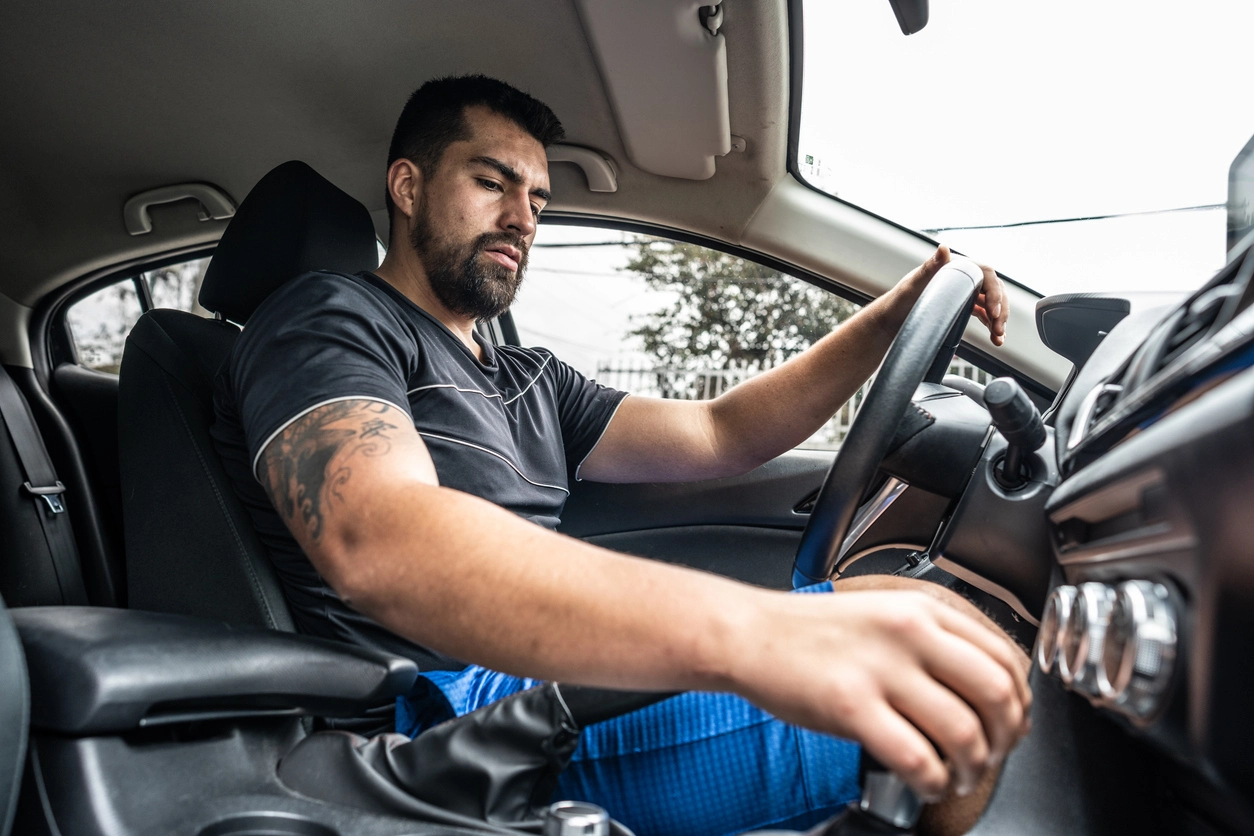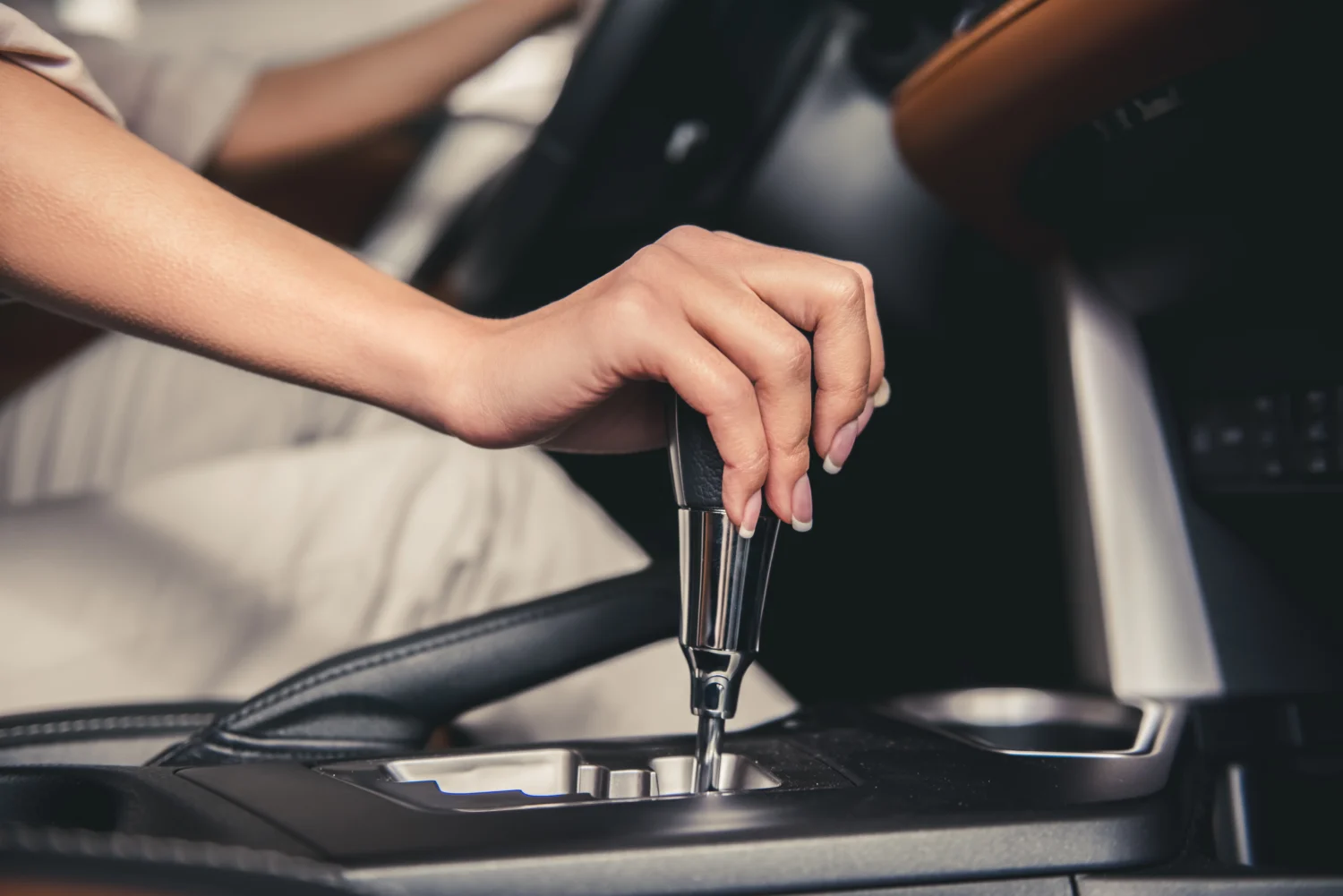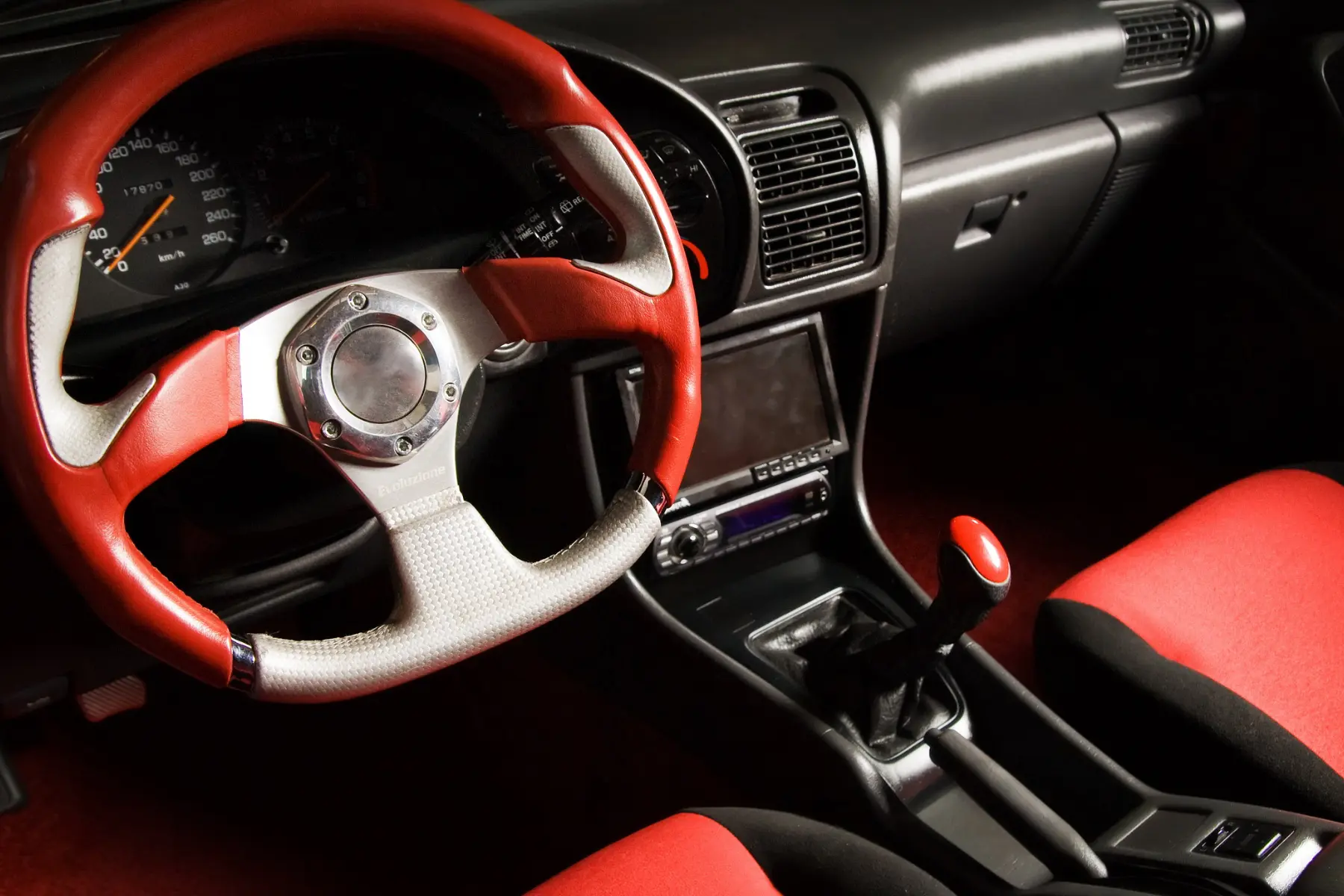If you’re reading this and you already know how to drive a stick shift, congrats. You’re in a minority of drivers so small it could be considered more of a club. But once upon a time, to know how to drive a car at all you had to know how to drive stick. Although manual transmissions have been around since the earliest days of automotive engineering, stick shifts were the norm until only three or four decades ago. It’s been suggested that manual transmissions may be making a comeback, but even if they remain outliers for the foreseeable future, it’s not a bad idea to acquaint yourself with their inner workings and, crucially, learn how to operate them yourself.

Why Are Manuals Rare Today
Cars are still made with manual transmissions for several reasons, reflecting both the preferences of drivers and the specific advantages that manual transmissions can offer. The presence of manual transmissions in the market caters to a niche audience that appreciates the level of engagement and control over the vehicle’s performance that manual shifting provides. This connection between driver and machine is often cited as a more “pure” driving experience, where the driver has direct control over gear selection and can manage the vehicle’s power and acceleration more precisely.
One of the advantages of manual transmissions is their simplicity and reliability. With fewer moving parts than automatic transmissions, manual transmissions are often less costly to repair and maintain. Additionally, they typically offer better fuel efficiency, as the driver can control the engine’s RPMs more directly, optimizing fuel consumption based on driving conditions and behavior.
Manual transmissions also tend to have a lower initial cost compared to their automatic counterparts. This price difference makes vehicles with manual transmissions an attractive option for buyers looking to save money on the purchase price and potentially on long-term maintenance costs.

However, there are also disadvantages associated with manual transmissions, particularly in terms of convenience and usability. Driving a manual transmission requires more skill and attention, as the driver must operate the clutch pedal and shift gears manually. This can be particularly challenging for new drivers or those who prefer a more relaxed driving experience, especially in heavy traffic conditions where constant shifting can become tiresome.
In modern driving contexts, especially in urban environments with frequent stop-and-go traffic, the convenience of automatic transmissions is a significant advantage. Automatic transmissions also offer smoother transitions between gears, which can contribute to a more comfortable ride for passengers.
Furthermore, advancements in automatic transmission technology, such as the development of continuously variable transmissions (CVTs) and dual-clutch transmissions (DCTs), have narrowed the fuel efficiency gap between manual and automatic transmissions. These modern automatics offer comparable, if not superior, fuel efficiency and performance to manual transmissions, along with the added convenience of automatic gear shifting.
Despite these disadvantages, the choice to drive a car with a manual transmission often comes down to personal preference. Some drivers value the control and engagement that manual shifting provides, along with the potential for reduced maintenance costs and higher fuel efficiency. Others may prioritize convenience, comfort, and ease of use, opting for vehicles with automatic transmissions. As long as there is a demand for the unique driving experience that manual transmissions offer, manufacturers will continue to produce vehicles that cater to enthusiasts and drivers who prefer the control and involvement of a manual gearbox.

What Does a Stick Shift Do
The stick shift in a car with a manual transmission plays a crucial role in controlling the vehicle’s gears, allowing the driver to manually select the appropriate gear ratio for the speed and driving conditions. This manual selection process directly influences the power transfer from the engine to the wheels, enabling efficient driving and acceleration.
When the driver moves the stick shift, they are engaging different sets of gear pairs within the transmission. The transmission contains several gears of different sizes, which correspond to different gear ratios. Shifting the stick moves the selector forks within the transmission, which engage the various gears with the input shaft to change the gear ratio. This process alters the speed and torque from the engine that are transmitted to the drive wheels, allowing the car to accelerate, decelerate, or maintain speed efficiently according to the selected gear.
The clutch plays a vital role in this process. The clutch is a mechanism that temporarily disconnects the engine from the transmission, allowing the driver to change gears without causing damage to the transmission. When the clutch pedal is pressed, it disengages the clutch disc from the flywheel, severing the direct link between the engine’s rotation and the transmission. This disengagement is what allows the driver to shift gears without grinding or damaging the gears.
Engaging the clutch (releasing the pedal) allows the clutch disc to press against the flywheel, reconnecting the engine’s power to the transmission and, by extension, to the drive wheels. The friction between the clutch disc and the flywheel is what transfers the engine’s power to the transmission. This process must be done smoothly to prevent the car from stalling or jerking, which requires a delicate balance between engaging the clutch and applying the right amount of throttle.
During a gear change, the synchronizers within the transmission help match the speed of the gears to the speed of the output shaft, ensuring a smooth engagement of the gears without grinding. These synchronizers are crucial for allowing gears to engage at different speeds without damage.
The stick shift controls which gear is engaged in the transmission, while the clutch is used to temporarily disconnect the engine from the transmission during the gear change. This combination of actions—shifting the stick shift while engaging and disengaging the clutch—allows the driver to manually control the vehicle’s speed and power output, providing a direct and engaging driving experience.

Why Should You Learn Stick
Knowing how to drive a stick shift car, also known as a car with a manual transmission, can be beneficial for several reasons beyond the mere ability to operate a wider variety of vehicles. One primary reason is the level of control and engagement it offers drivers. Driving a manual car requires a more hands-on approach, allowing the driver to manage the vehicle’s power and acceleration directly. This can enhance the driving experience, making it more interactive and enjoyable for those who appreciate the mechanics of driving.
Another reason is the potential cost savings. Manual transmission vehicles often have a lower purchase price compared to their automatic counterparts. Additionally, they can be more fuel-efficient, as the driver can control the engine’s RPMs more effectively, and they typically have lower maintenance costs due to their simpler design and fewer components.
In certain situations, knowing how to drive a manual can be particularly useful. For example, in many countries outside the United States, manual transmission vehicles are more common and often cheaper to rent. Therefore, being able to drive a stick shift can make traveling abroad more convenient and cost-effective. It can also be a crucial skill in emergencies or unique situations where the only available vehicle has a manual transmission.
In addition to the car-related reasons it can be good to learn to drive a stick shift, it’s also useful because this basic familiarity with gear shifting will come in handy if you want to ride dirt bikes or motorcycles.
Driving a manual transmission vehicle can be seen as a rite of passage or a skill that adds to one’s driving abilities, offering a sense of accomplishment and confidence on the road. For car enthusiasts and those interested in automotive careers, understanding how to operate a manual transmission is an essential skill that deepens their appreciation for and knowledge of cars.
Some drivers prefer manual transmissions for the perceived benefits in performance driving situations. The ability to manually select gears can provide advantages in terms of acceleration and control when driving on winding roads, during track days, or in competitive racing scenarios. This control allows drivers to keep the engine in its optimal power band, making driving more dynamic and responsive.
Knowing how to drive a stick shift car is a valuable skill that offers practical benefits, enhances the driving experience, and provides a greater sense of connection between the driver and the vehicle.
How To Learn Stick

The most straightforward way to learn is by practicing in a vehicle with a manual transmission under the guidance of someone experienced. This hands-on experience is invaluable because it allows you to become familiar with the feel of the clutch, the process of shifting gears, and the coordination required between the clutch pedal, the gear shift, and the accelerator.
If you don’t have access to a manual vehicle, there are a few alternative approaches you can consider. One option is to seek out a driving school that offers lessons in manual transmission driving. Many schools have manual vehicles specifically for this purpose and provide professional instruction that covers the basics, from starting and stopping to shifting gears smoothly and handling hill starts. These lessons can be a great investment, as they not only teach you how to operate a manual car but also ensure you learn in a safe and structured environment.
Another possibility is using simulation technology. While not as effective as actual driving experience, certain video games and driving simulators offer remarkably realistic experiences that can help you get acquainted with the concept of shifting gears and using a clutch. These tools can be particularly useful for understanding the timing and coordination involved in manual driving, even though they can’t fully replicate the physical sensations of operating a real car.
For those who are determined but lack direct access to a manual vehicle or formal lessons, seeking out a rental car company that offers manual cars might be an option. While increasingly rare, especially in countries like the United States where automatic transmissions dominate, some rental agencies or specialty vehicle rental services may have manual vehicles available. This route requires a basic understanding of manual driving to avoid damage to the vehicle, so it’s typically better suited for those who have already had some instruction or practice.
Lastly, reaching out to friends or family members who own a manual car and are willing to teach you can be an effective way to learn. This method relies on having a supportive network and access to a suitable vehicle, but it combines the personal guidance of someone you trust with the practical experience of driving a manual.
Regardless of the method you choose, patience and practice are key. Learning to drive a stick shift is a skill that develops over time, with the nuances and fluidity of gear shifting coming with experience. Whether through formal classes, the help of friends or family, or even simulation as a preliminary step, acquiring the ability to drive a manual transmission vehicle is a satisfying achievement that enhances your driving capabilities.





